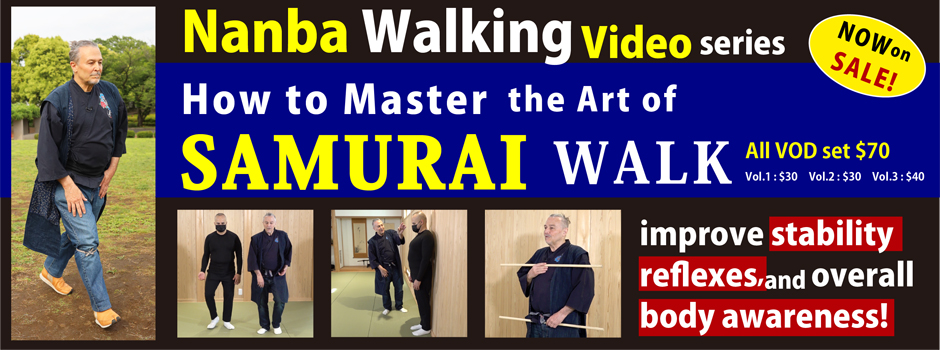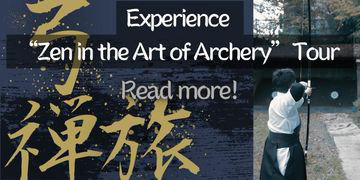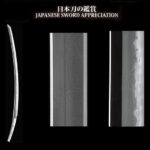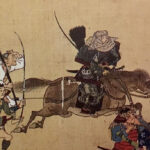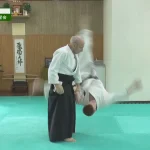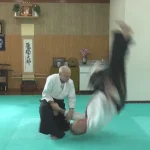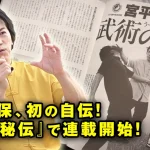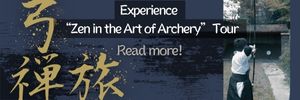How to Master the Art of SAMURAI WALK Vol.1 【Nanba Walking & Nanba Balance Techniques】
Nanba Walking: the Art of the Samurai Walk
Here we demonstrate the concept of Nanba walking, also known as the Samurai walk, which focuses on being centered, graceful, and restoring balance to the body and clarity to the mind through walking. Nanba provides techniques to improve the quality of walking using Nanba, such as standing up straight and aligning the body correctly. Nanba walking emphasizes that the first body part to move when walking is the tanden, or lower abdomen, which helps achieve a smoother and more balanced walking motion. Nanba walking differs from modern walking by avoiding a heel strike, swinging of the arms, and a rocking motion. I encourage you to try both styles of walking to experience the qualitative difference. Nanba walking can also be applied when walking with a friend to improve communication and connection. Overall, Nanba walking offers benefits such as synchronizing and balancing various aspects of life and improving relationships and well-being.
What is Nanba Walking
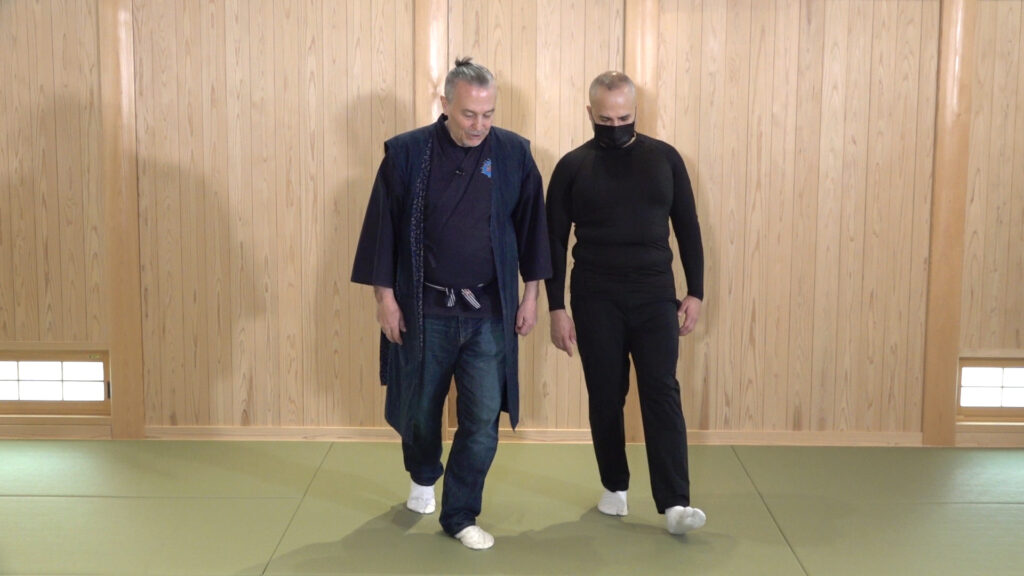 Nanba Walking is best understood in contrast to modern walking. Nanba Walking Is the traditional style of walking practiced by the samurai and other classes in Japan before the modern period. The body moves smoothly from the center, without swinging side to side or bouncing up and down in the stride. Moreover, Nanba Walking involves short strides with the legs under the pelvis, without swinging the arms. The head is held straight with the eyes focused on the distant horizon. It is well suited to long distance walking with minimum fatigue because it is so efficient.
Nanba Walking is best understood in contrast to modern walking. Nanba Walking Is the traditional style of walking practiced by the samurai and other classes in Japan before the modern period. The body moves smoothly from the center, without swinging side to side or bouncing up and down in the stride. Moreover, Nanba Walking involves short strides with the legs under the pelvis, without swinging the arms. The head is held straight with the eyes focused on the distant horizon. It is well suited to long distance walking with minimum fatigue because it is so efficient.
Modern walking by contrast begins with the foot extended and the heel striking the ground. The body twists or sways side to side and the arms swing widely to match the wide stride. Many people walk looking at the ground, partly from overuse of the smart phone. It looks hurried and can be quite tiring because it is so inefficient.
Standing up straight and aligning the body correctly
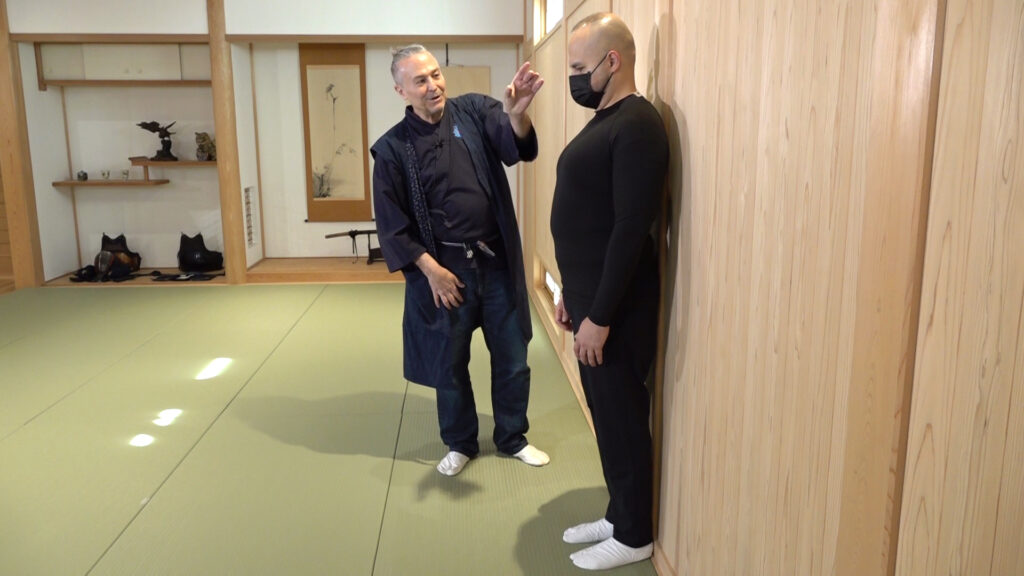
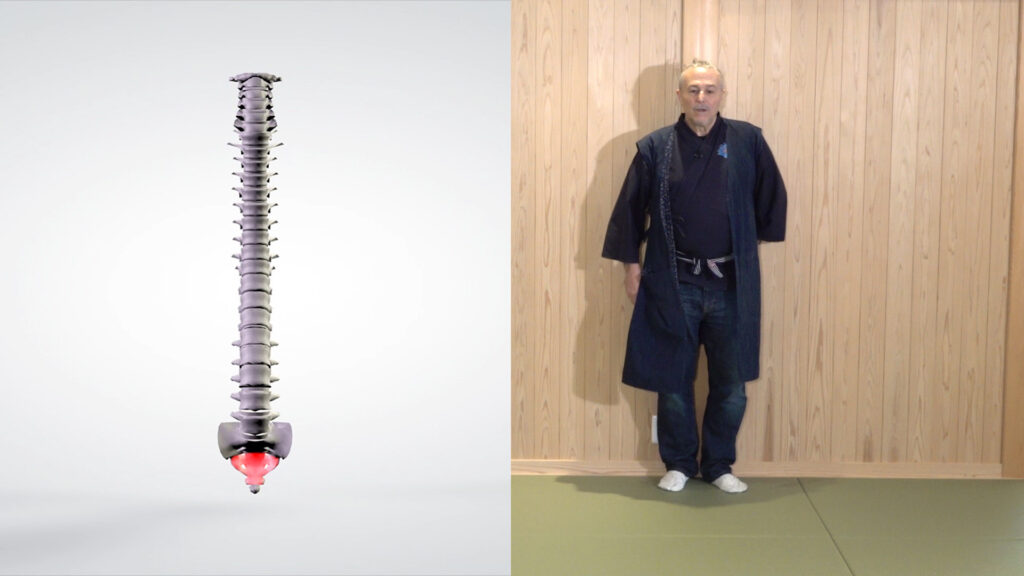 The best way to determine if your posture is straight is to use the wall to gain correct alignment. Place the heels, the sacrum, the shoulders, and the back of the head against the wall and you will be standing straight. While it feels a bit strange to stand against the wall, it feels quite comfortable when you simply take half a step forward and maintain the same straight posture. This should be done before you start walking. Otherwise you may tend to lean forward as you walk. Once you have captured the feeling you can do it without using a wall.
The best way to determine if your posture is straight is to use the wall to gain correct alignment. Place the heels, the sacrum, the shoulders, and the back of the head against the wall and you will be standing straight. While it feels a bit strange to stand against the wall, it feels quite comfortable when you simply take half a step forward and maintain the same straight posture. This should be done before you start walking. Otherwise you may tend to lean forward as you walk. Once you have captured the feeling you can do it without using a wall.
Using the Tanden
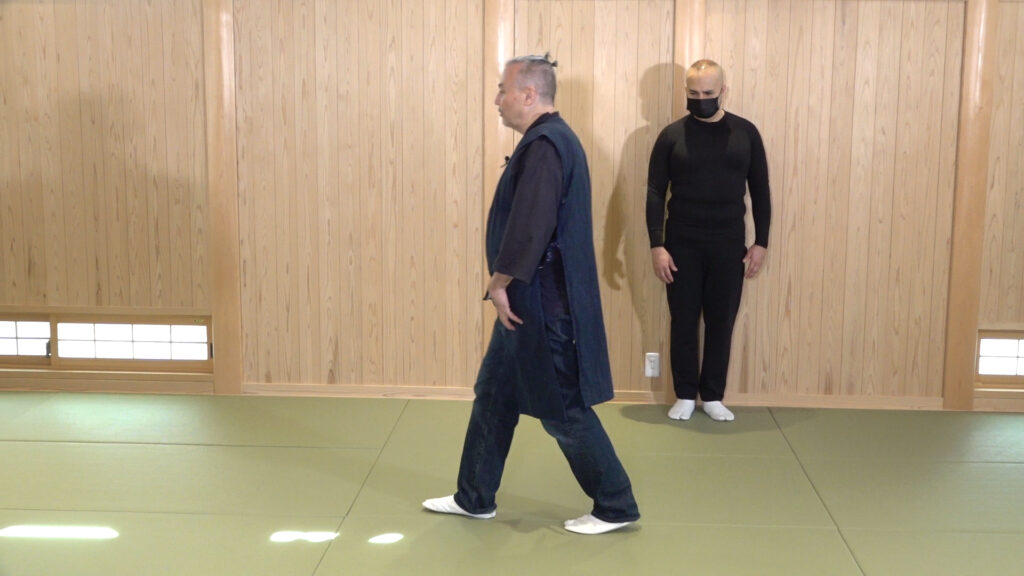
 The Tanden is your mental and physical center, located in the lower abdomen. It is where movement initiates. Therefore the proper sequence for taking a step is to move the Tanden forward until the body starts to lose balance, at which point the legs engage and remain under the pelvis with relatively small steps.
The Tanden is your mental and physical center, located in the lower abdomen. It is where movement initiates. Therefore the proper sequence for taking a step is to move the Tanden forward until the body starts to lose balance, at which point the legs engage and remain under the pelvis with relatively small steps.
The Tanden Acts as a ballast to help keep your center low and your body balanced. It is also a resting place for the weight of the upper body. Think of it as a small ball that can be rotated in different directions to initiate your movements.
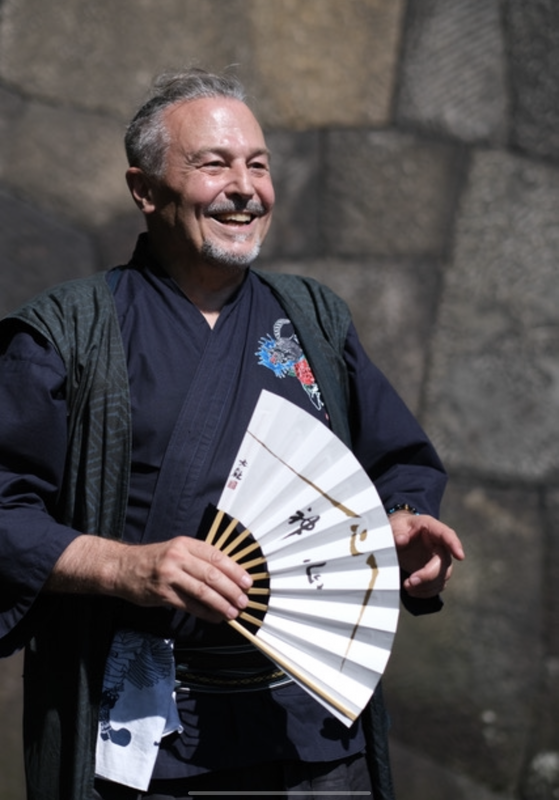 William Reed
William Reed
Born in the United States, William Reed is a long-time resident of Japan, and is currently a Professor of Japanese Culture at the International College of Liberal Arts (iCLA) at Yamanashi Gakuin University. He holds a 10th-dan in Shodo from the Zen Nihon Shodo Rengokai, and is a Headquarters appointed Vice Chairman of the Japan Calligraphy Education Association. He holds an 8th-dan in Aikido from the Aikido Yuishinkai. He holds a Tokubetsu Shihan rank in Nanba, the Art of Physical Finesse. He is aiso Certifed as a shihan in WAGI, a health method based on traditional japanese Kyogen theater, shown to extend years of a healthy lifespan. Director of the International Committee for the Mugairyu Hogyokukai (2nd-dan). A regular commentator on Yamanashi Broadcast Television Tetete TV, Navigator for NHK World Journeys in Japan, numerous documentaries, and has appeared on the long running Sekai Fushigi Hakken (Discover the World’s Mysteries). Certified in 2009 by World Champion of Public Speaking Craig Valentine, he has written a bestseller on this in Japanese 世界最高のプレゼン術 (Kadokawa Books, 2014). He is also author of Song of the Brush Dance of the Ink (Morgan James Publishing, 2022). He appears in the bestselling DVD on Nanba Walking 本当のナンバ歩き, and the DVD on Introduction to Mugairyu Iaido, both published by BAB Japan.
Samurai Walk: Mastery of Sword and Letters:
http://www.samurai-walk.com

